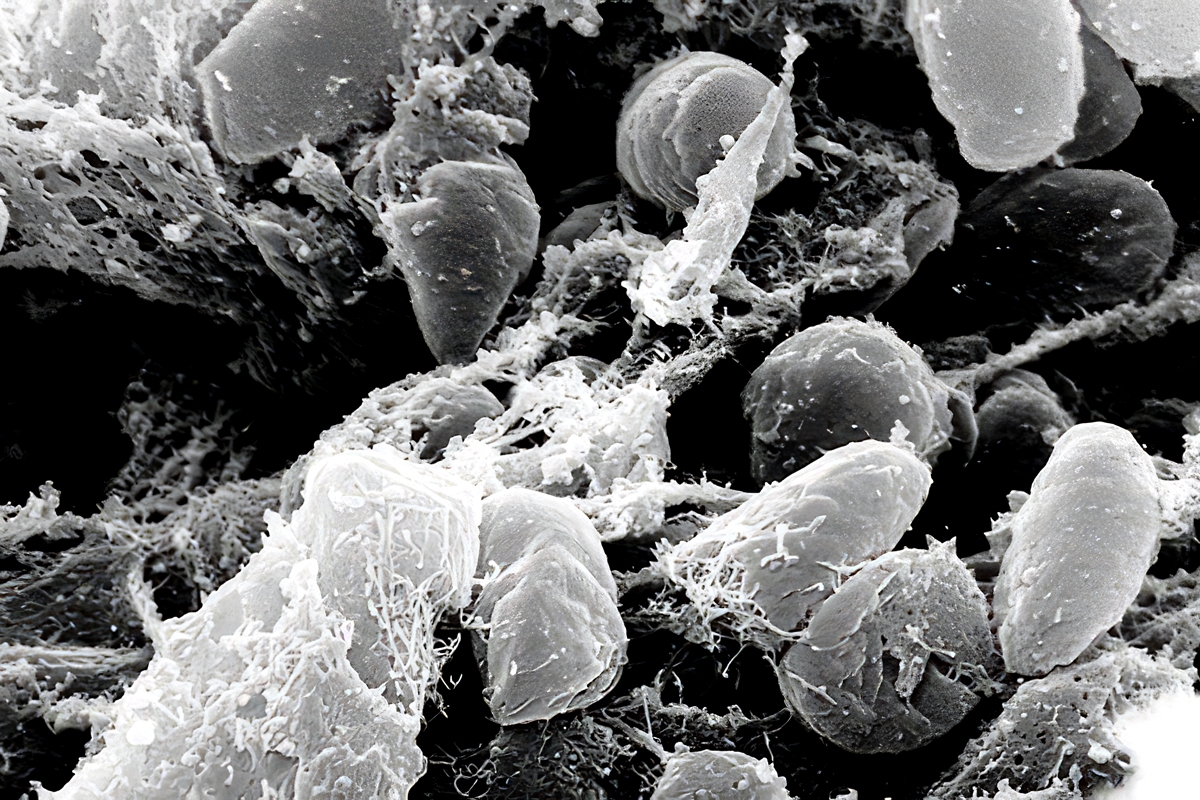A newly published study of the paleoclimatic record presents a reconstruction of temperature and precipitation from approximately 200 BC to 600 AD, based on marine sedimentary archives from southern Italy. This is the first high-resolution (~3 years) climatic record from the heart of the Roman Empire, spanning from the so-called Roman Climatic Optimum (ca. ~200 BCE to ~150 CE) to the Little Ice Age of Late Antiquity (from ~536 CE). Over these centuries, the Romans built one of the largest territorial empires in human history, encompassing the entire Mediterranean and surrounding regions. Published in Science Advances, the study was led by paleoceanographer Karin Zonneveld of the Universität Bremen and Roman historian Kyle Harper of the University of Oklahoma.
The new climate reconstruction documents phases of climatic instability that overlap significantly with periods of social and political crisis. The marine core record also shows that moments of rapid climatic change were often followed by epidemics of infectious disease. The importance of environment-disease dynamics in past civilizations can contribute to our understanding of the complex relationships between climate change and human health, and the study underlines the need to integrate health into climate change risk assessment.
Marine core provides new insights into crucial period
The history of the Earth's climate can be reconstructed from a variety of proxies recovered from ice cores, tree rings, and other natural archives. Marine cores are sediment archives extracted from the ocean floor. In this case, the research team exploited the changing ratios of single-celled organisms, dinoflagellates, whose fossilized cysts are preserved in the core retrieved from the Gulf of Taranto, off the southern coast of Italy. These organisms are sensitive to changes in temperature and nutrient levels and reflect climate conditions in Italy. The sediment layers were dated using radiocarbon dating as well as tephrochronology - the identification of traces left by volcanic eruptions which can be chemically "fingerprinted" and linked with datable events. The team was able to analyze the sediment layers at ~3 year resolution, allowing the first high-resolution climate record from ancient Italy.
"First and foremost, it is exciting to have a high-resolution climate record for Italy during the period of the rise and fall of the Roman Empire," said Kyle Harper. "The study of past climate change is a very dynamic field, but we have lacked a robust, regional climate record for Roman Italy. This record is another piece of the puzzle."
New insights into health and climate
The study also presents a record of major outbreaks of infectious disease in Roman Italy and reveals a strong association between episodes of rapid climate change and epidemics, include large interregional outbreaks such as the Antonine Plague, the Plague of Cyprian, and the Plague of Justinian.
"The climate today is, as it was in Roman times, a major factor affecting basic aspects that influence our well-being such as agriculture, accessibility to clean water, biodiversity, geographic distribution and migration of species etc.," said Karin Zonneveld. "Within the scope of the current climate change it is of major importance to understand the links between climate and human health."
Regional confirmation of the Late Antique Little Ice Age in Italy
Less than a decade ago, an interdisciplinary team including dendrochronologists presented evidence for anomalous cooling in the AD 530s-540s, following a series of volcanic eruptions, and proposed the name of the "Late Antique Little Ice Age." The new marine-core record provides strong local confirmation for the suddenness, severity, and endurance of this phase of Holocene climate history. The temperature level in the 530s was the lowest indicated in the record down to that time. The researchers propose that climate change could have triggered and amplified the effects of the ensuing outbreak of bubonic plague, known as the Plague of Justinian.


